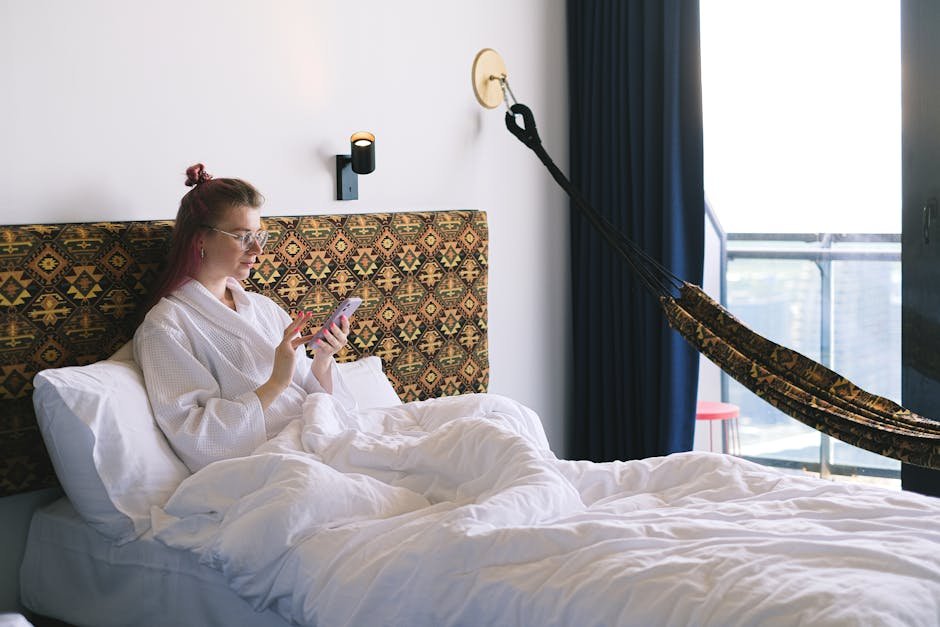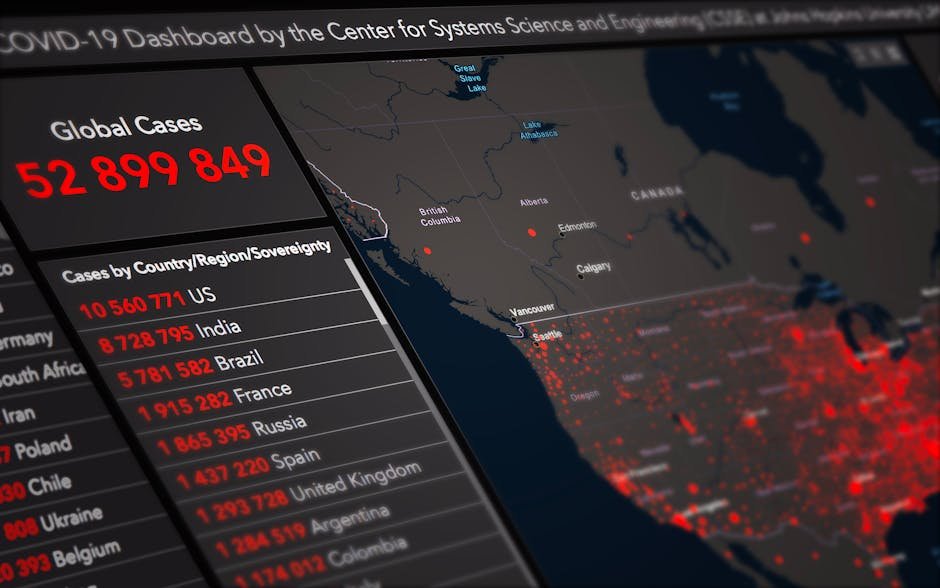Ready to trade your 9-to-5 for a laptop life in Bali or Lisbon? Becoming a digital nomad—working remotely while exploring the world—is more achievable than ever in 2025, thanks to remote job platforms, co-working hubs, and visa-friendly hubs like Georgia and Portugal. This 30-day guide breaks down the steps to launch your nomad journey, from securing income to landing in Chiang Mai or Cape Town. Having made the leap myself, I’m sharing a practical roadmap to help you go nomad in just one month.
Why Become a Digital Nomad in 2025?
Digital nomads blend work and travel, earning income from anywhere. Digitalnomads.world estimates millions of nomads globally, with low-cost hubs (e.g., Tbilisi, $600–$1,200/month). FlexJobs notes the rise of remote work, enabling sustainable travel with steady income. In 30 days, you can transition to working from a Medellín co-working space or hiking in Ubud.
Benefits of Nomad Life
- Freedom: Work from Hanoi cafés or Porto rooftops.
- Affordability: Live in hubs like Chiang Mai ($1,000–$1,500/month) on $1,500–$3,000/month income.
- Growth: Learn skills (e.g., SEO, coding) and network in Lisbon.
- Adventure: Explore Georgia’s wine regions or Thailand’s temples.
Your 30-Day Plan to Become a Digital Nomad
This roadmap covers work, finances, logistics, and mindset. Costs, visa rules, and platform fees may vary; check official sources.
Week 1: Plan Your Transition (Days 1–7)
Day 1–2: Define Goals and Skills
Clarify your nomad goals: freedom or travel? Assess skills (e.g., writing, design) or learn via Udemy ($10–$20/course, e.g., digital marketing). Join online nomad communities for guidance. I pivoted from marketing to SEO, doubling my income.
Day 3–4: Secure Remote Work
Join Upwork (free, 10%/5% fees) or FlexJobs ($24.95/month) for gigs like copywriting ($20–$50/hour). Update LinkedIn with “Remote [Your Skill].” I landed a $1,000 gig via LinkedIn.
Day 5–6: Research Destinations
Choose hubs based on cost, visas, and Wi-Fi: Chiang Mai ($1,000–$1,500/month, 60-day visa with pre-approval), Lisbon ($1,500–$2,000/month, D7 visa), Tbilisi ($600–$1,200/month, 365-day visa-free for 95+ countries). Check visaguide.world. I picked Bali for its $35 visa (no extensions).
Day 7: Set a Budget
Aim for $1,500–$3,000/month income for hubs like Ubud ($1,000–$1,500/month). Budget $500–$800 for flights, $300–$600 for rent, $200 for coworking/food. Use Wise (free, $9 card) for transfers. I saved $50/month on conversions.
Milestone: By day 7, you have job leads, a destination, and a budget.
Week 2: Build Income and Skills (Days 8–14)
Day 8–10: Land Gigs
Apply to 5–10 jobs daily on Upwork or We Work Remotely (free). Use Canva portfolios (free). Start with low-rate gigs ($10–$15/hour) for reviews. I earned $500 writing blogs.
Day 11–12: Upskill
Take a free Coursera course (e.g., Google Analytics) or $15 Udemy course (e.g., SEO). 2025 skills: AI copywriting, web development (FlexJobs). Join Nomadlist Slack ($99/year) for tips. A Chiang Mai lead got me a $700 project.
Day 13–14: Set Up Finances
Open a Revolut account (free, $5 card) for multi-currency payments. Link to Payoneer ($29.95/year card) for Upwork. Get SafetyWing insurance ($45/month, varies by age/location). I added it for Thailand.
Milestone: By day 14, you have income ($500–$1,000), skills, and banking.
Week 3: Plan Logistics (Days 15–21)
Day 15–16: Book Destination
Use Skyscanner for flights ($300–$800 to Bangkok). Book Airbnb ($300–$600/month) or hostels ($10–$20/night) in Chiang Mai or Tbilisi. I booked a $400/month Bali villa via Booking.com.
Day 17–18: Secure Co-Working and Connectivity
Reserve Hubud Bali ($15/day, 20–100 Mbps) or Selina Lisbon ($10/day, 20–100 Mbps). Confirm Wi-Fi with SpeedTest.net. Buy a SIM (AIS Thailand, $10/30 days) or eSIM (Airalo, $10/30 days). My Bali SIM ensured Zoom calls.
Day 19–20: Handle Visas and Legalities
Check visas (e.g., Georgia’s 365-day visa-free, Thailand’s 60-day with pre-approval). Apply for e-Visas (Indonesia, $35). Register as a freelancer on Upwork or Fiverr (free). I used Fiverr for taxes.
Day 21: Pack Light
Pack a 40L backpack (Osprey Farpoint, $150): laptop (MacBook Air, $1,299), 10 clothing items, resistance bands ($15), power bank ($50). I fit my life into a 10-kg bag.
Milestone: By day 21, you have flights, a workspace, visas, and a bag.
Week 4: Launch and Adapt (Days 22–30)
Day 22–24: Build a Routine
Schedule work 9 a.m.–2 p.m., explore 3–7 p.m. Use Trello (free) and Google Calendar for calls (e.g., EST from Bali). I worked mornings in Hanoi cafés.
Day 25–26: Network
Join Outpost Canggu BBQs ($5) or Meetup groups (free) in Lisbon. Pitch services at nomad meetups. I landed a $1,500 client in Tbilisi.
Day 27–28: Optimize Finances
Track expenses with Mint (free) to stay under $1,200/month in Medellín. Reinvest in tools (e.g., Ahrefs, $199/month). I cut $100/month by cooking in Chiang Mai.
Day 29–30: Launch and Reflect
Arrive, test Wi-Fi (20–100 Mbps), and work. Join Strava running clubs (free) or yoga ($5/session) for balance. Reflect on goals: freedom or adventure? I journaled in Ubud.
Milestone: By day 30, you’re a nomad—working and exploring a new hub.
Destination Comparison Table
| Hub | Monthly Cost | Visa | Wi-Fi | Key Features |
|---|---|---|---|---|
| Chiang Mai | $1,000–$1,500 | 60-day (pre-approval) | 20–100 Mbps | Affordable, vibrant expat scene |
| Lisbon | $1,500–$2,000 | D7 visa (90+ days) | 20–100 Mbps | Tech hub, European culture |
| Tbilisi | $600–$1,200 | 365-day visa-free (95+ countries) | 20–100 Mbps | Low cost, scenic mountains |
Nomad Prep Checklist
- Define goals and skills
- Secure 1–2 gigs ($500–$1,000/month)
- Book flight and accommodation
- Reserve co-working space
- Get SIM/eSIM and insurance
- Pack 40L backpack (<10 kg)
Practical Tips for Aspiring Nomads
- Start Small: Begin with one client ($500/month) and scale to $2,000–$3,000. I grew from $300 to $1,500 in three months.
- Test Connectivity: Use 4G SIMs ($10/30 days) or Starlink ($50/month) in Svaneti. AIS saved me in Thailand.
- Learn Continuously: Follow YouTube channels (e.g., Nomad Capitalist, free) for tips.
- Stay Insured: SafetyWing ($45/month) covers Cape Town emergencies. I used it in Bali.
- Network Early: Join Nomadlist Slack ($99/year) or X groups. A Lisbon chat led to a collaborator.
- Mindset Matters: Journal to embrace setbacks. It kept me grounded in Hanoi.
Challenges and Solutions
- Job Uncertainty: Gigs may dry up. Solution: Apply to 10 jobs daily on Upwork, LinkedIn, Fiverr. I mixed Fiverr and outreach.
- Budget Overruns: Lisbon ($1,500–$2,000) strains finances. Solution: Start in Chiang Mai ($1,000–$1,500); cook meals.
- Isolation: Solo travel feels lonely. Solution: Join The Hive Bangkok ($8/day) or Meetup events. I found friends in Medellín.
- Visa Complexity: Thailand’s 60-day visa needs pre-approval. Solution: Check visaguide.world; hop to Bali or Georgia.
Why 2025 is Your Year to Go Nomad
In 2025, remote work platforms, visa-friendly hubs, and communities make nomad life accessible. In 30 days, you can secure income, land in Tbilisi or Ubud, and live freely. As I write from a Valencia terrace, laptop open and sangria nearby, I’m grateful for these steps. This isn’t just a lifestyle—it’s your path to freedom.
Explore this plan to start your nomad journey. Share your nomad tip or question in the comments!







